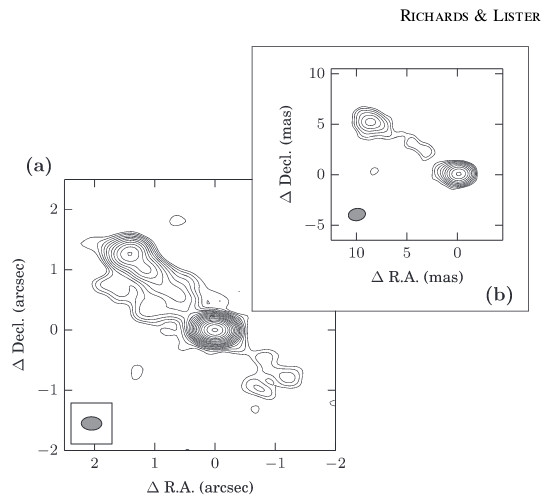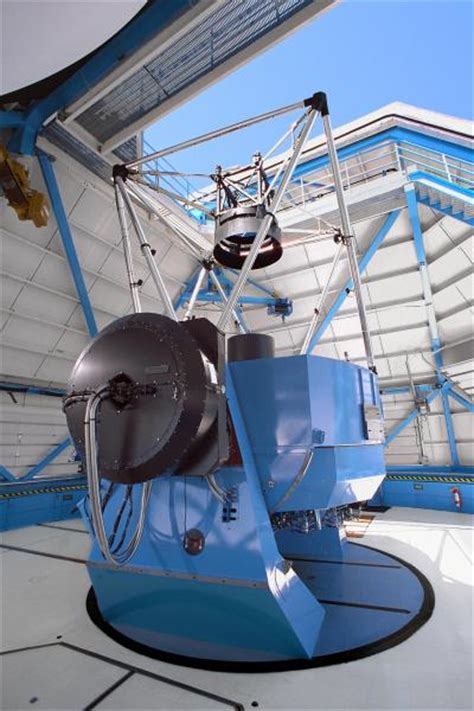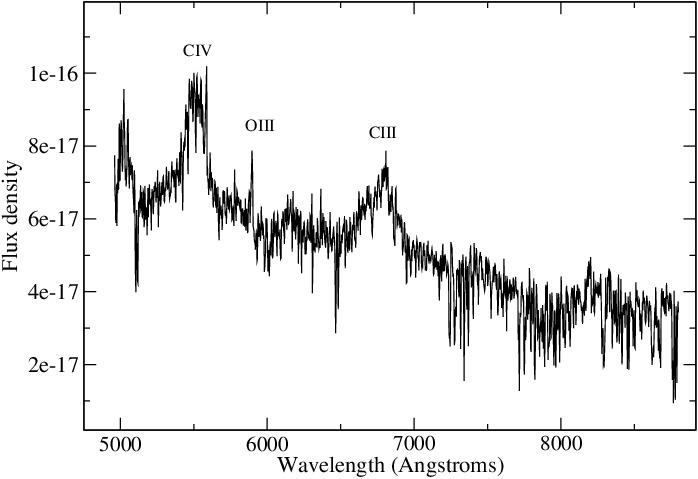M. Lister Research Group
- Purdue Physics and Astronomy
Research Areas
AGN Jet Kinematics
|
VLBI observations remain the only direct evidence for relativistic outflows from supermassive black holes in active galactic nuclei (AGN). The MOJAVE program realizes one of the envisioned goals of the VLBA, which is to provide long-term, systematic monitoring of relativistic motion in AGN jets on parsec-scales. The major aims of the program are to a) provide a significant improvement over previous surveys in terms of image resolution, size, and statistical completeness, and b) to characterize the kinematics and polarization evolution of AGN jets and to determine how these relate to other source properties. M. Lister and collaborators are currently obtaining up-to-date parsec-scale structural information on over 100 AGN jets in support of the Fermi gamma-ray and IceCube neutrino observatories. |
 |
Narrow Line Seyfert I Galaxies
|
NLSY1s are an intriguing class of AGN that are thought to have lower black hole masses than typical radio loud AGN. Compared to normal Seyfert I galaxies, they show pronounced variability in X-rays and can be appreciably radio loud. The latter is unexpected, given that they have high accretion rates (close to the Eddington limit), are hosted in spiral galaxies, and should therefore be less likely to launch jetted outflows. The nature of NLSY1s has become even more puzzling with the discovery that they make up the third main class of AGN (along with flat-spectrum radio quasars and BL Lac objects) to be discovered in GeV gamma-rays by Fermi.
The Lister group is carrying out kinematic studies of radio-loud NLSY1 with the VLBA to determine their apparent jet speeds and pc-scale radio morphology. The MOJAVE program has already found relativistic jet motion in 3 Fermi-detected NLSY1s, and a pilot study by Richards and Lister ( 2015) discovered classical radio lobe structures in three NLSY1s on scales of 10 to 30 kpc, and our group is currently analyzing followup VLBA multi-frequency, multi-epoch observations of 12 additional sources. |
 |
Young AGN Jets
 |
|
The exquisite sub-milliarcsecond resolution of the VLBA has made it possible to identify newly emerging jets in AGN with kinematic ages of less than a thousand years. The interaction of these powerful outflows with the dense nuclear gas in the host galaxy creates synchrotron-emitting lobes that can dominate the overall radio emission in the source, resulting in a gigahertz-peaked spectrum (GPS) and a compact symmetric object (CSO) morphology. The MOJAVE program has made expansion speed measurements of several GPS/CSO jets over a 25 year period, including in the precessing jets in the radio galaxy PKS B1345+125 (left), which are well-modeled by a jet moving at 0.84 c along three-dimensional helix with opening angle of 23 degrees and a wavelength of 280 pc. The Lister group has also identified a newly-emergent jet in the Fermi gamma-ray AGN TXS 0128+554, and has analyzed follow-up observations of this rare instance of gamma-ray emitting lobe emission with the VLBA and the Chandra X-ray observatory. In collaboration with other leading world experts, Lister et al. are assembling a definitive catalog of all known young radio AGN jets, and analyzing new VLBA observations to detect more members of this intriguing class. |
Redshifts of Weak-Lined Blazars
The primary method of getting distances to AGN involves measuring redshifted emission or absorption lines in their optical spectra and employing the Hubble relation. These lines can be produced by the host galaxy (in the case of radio galaxies), or by the broad and narrow line cloud regions (in the case of quasars). A large fraction of blazars, however, have pure power-law optical continua, produced by synchrotron emission from the jet. These BL Lac objects can either be AGN that truly lack broad and narrow line-emitting clouds, or cases in which the jet emission swamps the line spectrum ('masquerading BL Lacs').
The Fermi LAT instrument has detected a few thousand AGN with hard gamma-ray spectra that are primarily of the BL Lac class, and a large portion lack measured redshifts. The Lister group is currently using the Hydra multi-object spectrograph at the WIYN 3.5m telescope to obtain optical spectra of many of these Fermi AGN, as well as candidate cluster member AGNs within a 30 arcmin radius, in order to infer their distances. These data are useful for determining luminosity functions and intrinsic properties of gamma-ray emitting AGNs.
 |
 |
 |